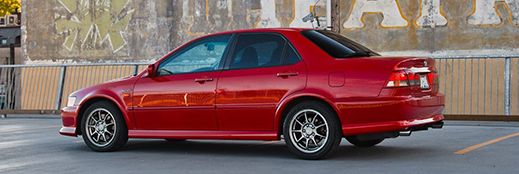i know skunk2 makes drag coilovers for the popular honda applications. would it complement the accord if i go to a coilover setup and just put it to the harshest/stiffest setting for the rear?
i would like to goto track days with the car as well so adjustability is definitely a plus. the reason being is that i can get some tein SS' for about 500 bucks or go with a new set of omni's for 650.
i would like to goto track days with the car as well so adjustability is definitely a plus. the reason being is that i can get some tein SS' for about 500 bucks or go with a new set of omni's for 650.



 And then I switched back to my normal setup and I was back to 15.5xx..
And then I switched back to my normal setup and I was back to 15.5xx..


Comment